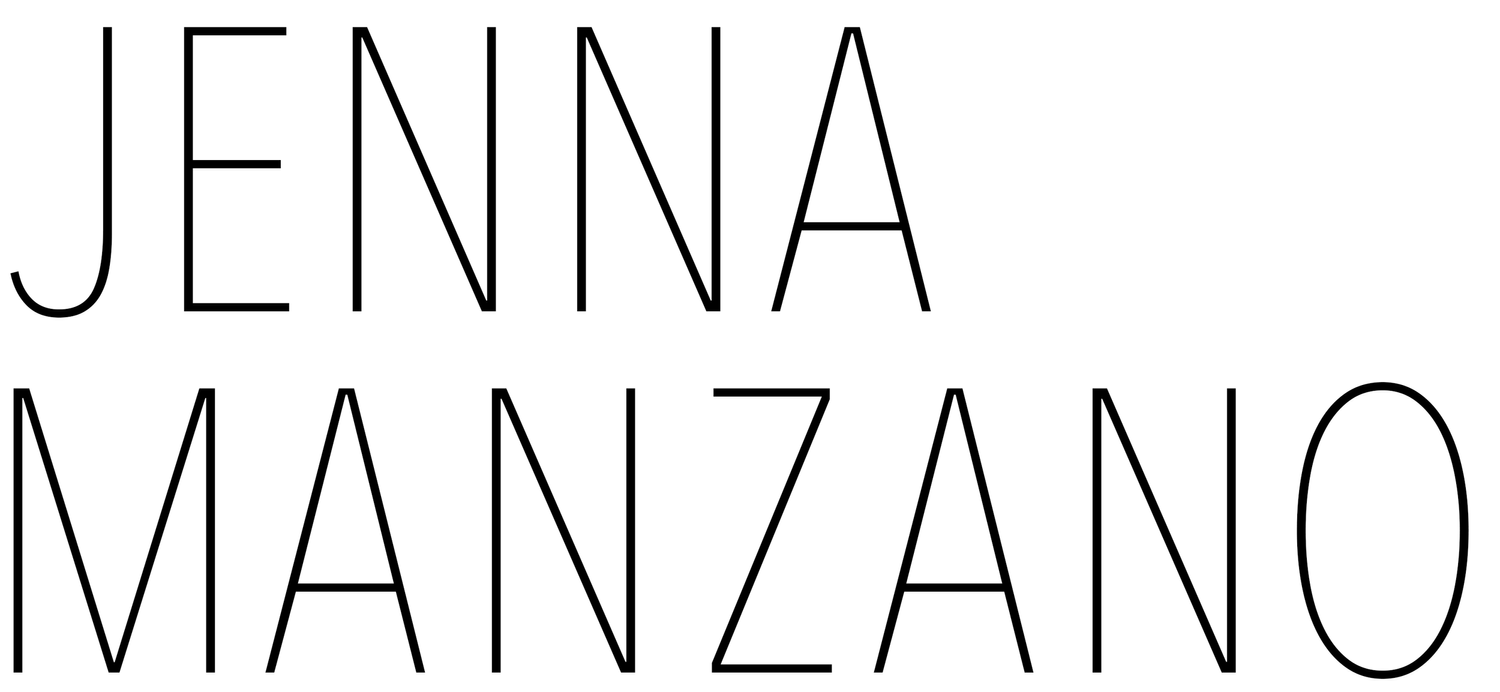I shape monochromatic fiber sculpture to facilitate increased values of silence, labor, and time, all of which direct us to the liberatory potential of repetitive practice and process in resensitizing our capacities for deep attention and connectedness. I use tapestry weaving as a sculptural material, transformed into tubes, cords, belts, and other woven forms, most frequently featuring the slubby texture and natural greyish-beige tone of undyed linen. My work retains the physical imperfections inherent to both hand-making and the raw material—unruly fibers, variable edges, and twisting seams. Restriction to a single color and material necessitates focus on physical details, accentuating textural inconsistencies that serve as evidence of innumerable and imperfect gestures.*
My studio practice originates in the labor-intensive and methodical repetition required for a form to take shape as its authentic self. The tedium and futility compel questions of purpose in both the very existence of the work and the extensive labor process by which it was made, but the questioning is precisely the point.** In response, the inefficient method presents an alternative to conventional capitalist measures of productivity, and the representational refusal in the object induces stillness to counter the visual spectacle of our current digital overload. The absurdity of the monotonous but soothing process of hand-making explores how the combination of more time and less content increases capacity for various modes of listening, and thus argues in favor of deep attention to detail as a preferred mode of being.***
When the physical details of the work offer spaciousness to facilitate slower forms of attention, the non-figurative form reveals emotive subtleties best perceived in quiet and stillness. The visual nothingness of the formal elements intimate emotive states such as relief, patience, exhaustion, playfulness, and openness, while retaining enough ambiguity for self-definition. Whether hung on the wall or suspended, recent works further emphasize emotional connection by maintaining narrow and upright proportions that hint at the vaguely human. Through this bodily similarity with the object, we further recalibrate our attention to emotive detail and expand our capacity to find more value and interconnectedness in our otherwise ordinary surroundings and everyday interactions.
*Eva Hesse’s objects, Robert Morris’s felt pieces, and Richard Serra’s early work in rubber are formal and material influences. I also turn to Franz Erhard Walther’s focus on the time and physicality of human interaction and empathy in First Work Set.
**Hesse, in her 1968 statement, writes “I want the work to be non-work…as a thing, an object, it accedes to its non-logical self. It is something, it is nothing.”
***This conceptual framework draws heavily on Deep Listening by Pauline Oliveros and John Cage’s 4’33”, as well as his “Lecture on Nothing” and “Lecture on Something,” wherein he says “It is of the utmost importance not to make a thing but rather to make nothing. And how is this done? Done by making something which then goes in and reminds us of nothing.”
___________________________
Jenna Manzano is an artist living and working in Oakland, California. After growing up in the San Francisco Bay Area, she earned a Bachelor of Arts in literature from University of California Berkeley and a Master of Fine Arts in poetics from Mills College in Oakland. She then spent time volunteering and teaching in a book art studio as well as studying and freelancing in graphic design. Jenna brings this uniquely blended background—the metaphorical, conceptual process of experimental poetics coupled with a distinct attention to the streamlined formal composition of design—to her current studio practice. She shares thoughts on creativity and studio practice in her newsletter I Made a Nothing.
jenna@jennamanzano.com

